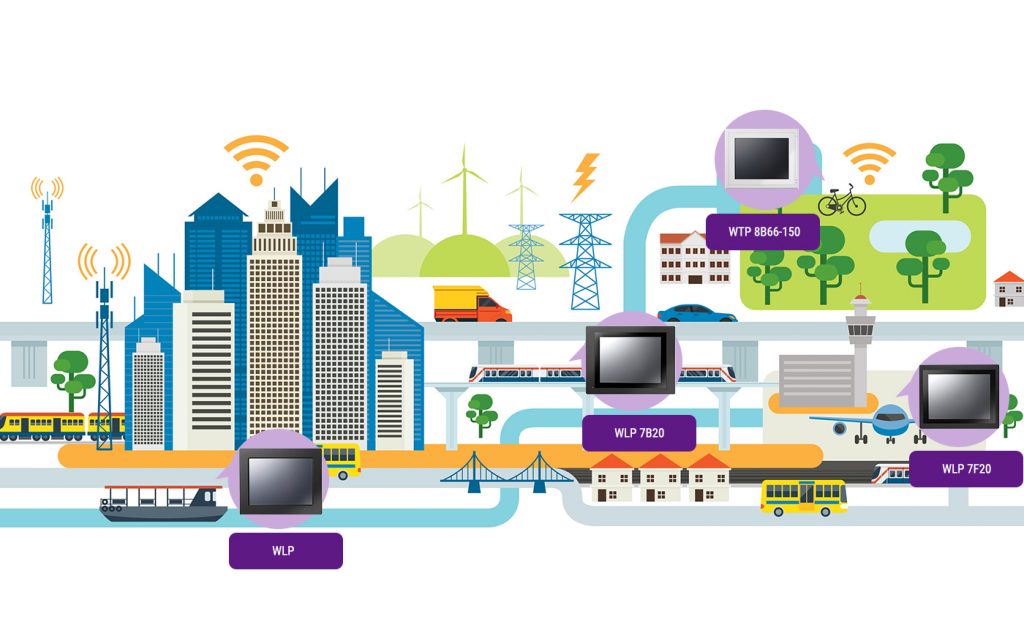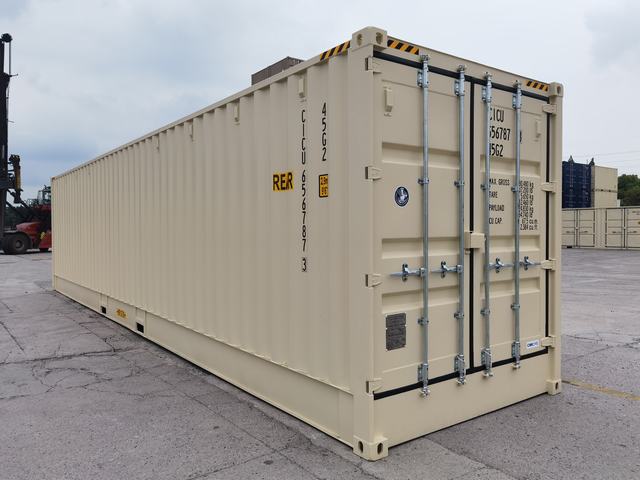Revolutionizing Transportation: The Profound Impact of Rail Transport

Rail transport, a mode of transportation that utilizes railway tracks, has had a profound impact on societies, economies, and the environment. From its inception in the early 19th century to the present day, rail transport has revolutionized the way people and goods move across vast distances. In this article, we will explore the multifaceted impact of rail transport, examining its contributions to economic growth, social development, and environmental sustainability.
- Economic Growth:
Rail transport has been a catalyst for economic growth in numerous ways. Firstly, it enables the efficient movement of goods, facilitating trade and commerce on a regional, national, and international scale. Railways provide a cost-effective and reliable means of transporting bulk commodities, such as coal, grain, and raw materials, which are essential for industries. This efficiency reduces transportation costs, enhances supply chain management, and boosts productivity.
Moreover, rail transport stimulates economic development by connecting previously isolated regions. By linking rural areas to urban centers and industrial hubs, railways promote the growth of industries, attract investments, and create employment opportunities. Additionally, the construction and maintenance of railway infrastructure generate jobs and stimulate economic activity in the short and long term.
- Social Development:
Rail transport has played a pivotal role in shaping societies and fostering social development. Firstly, it has revolutionized passenger travel, providing a safe, efficient, and comfortable mode of transportation for millions of people. Railways offer an affordable alternative to air travel, making long-distance journeys accessible to a broader population. This accessibility promotes tourism, cultural exchange, and strengthens social cohesion by connecting people from diverse backgrounds.
Furthermore, railways have contributed to urbanization and the development of modern cities. The establishment of railway networks has facilitated the expansion of urban areas, enabling the efficient movement of people and goods within and between cities. This has led to the concentration of economic activities, improved access to education, healthcare, and other essential services, and enhanced the overall quality of life for urban dwellers.
- Environmental Sustainability:
In an era of increasing environmental concerns, rail transport emerges as a sustainable alternative to other modes of transportation. Railways are known for their energy efficiency, emitting significantly fewer greenhouse gases per passenger or ton of freight compared to road or air transport. By shifting a significant portion of transportation from road to rail, countries can reduce carbon emissions, mitigate air pollution, and combat climate change.
Moreover, rail transport helps alleviate traffic congestion, particularly in urban areas. By providing a reliable and efficient mass transit system, railways encourage people to opt for public transportation, reducing the number of private vehicles on the road. This not only reduces traffic congestion but also lowers fuel consumption and emissions, leading to improved air quality and a healthier living environment.
Conclusion:
Rail transport has left an indelible mark on societies, economies, and the environment. Its impact on economic growth, social development, and environmental sustainability cannot be overstated. As we continue to navigate the challenges of the 21st century, rail transport remains a vital component of a comprehensive and sustainable transportation system. By recognizing and harnessing its potential, we can pave the way for a more connected, prosperous, and environmentally conscious future.


